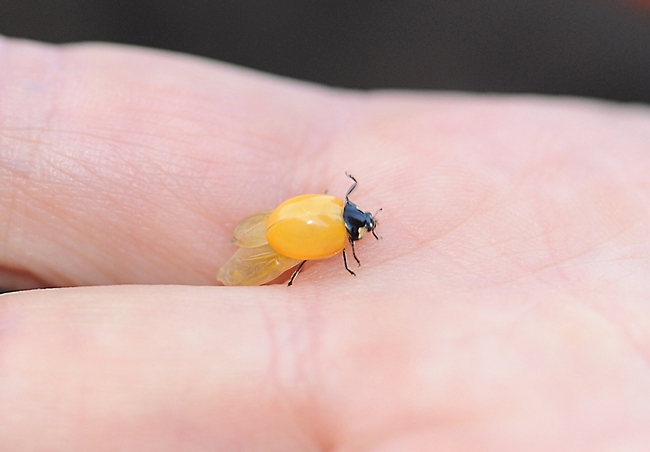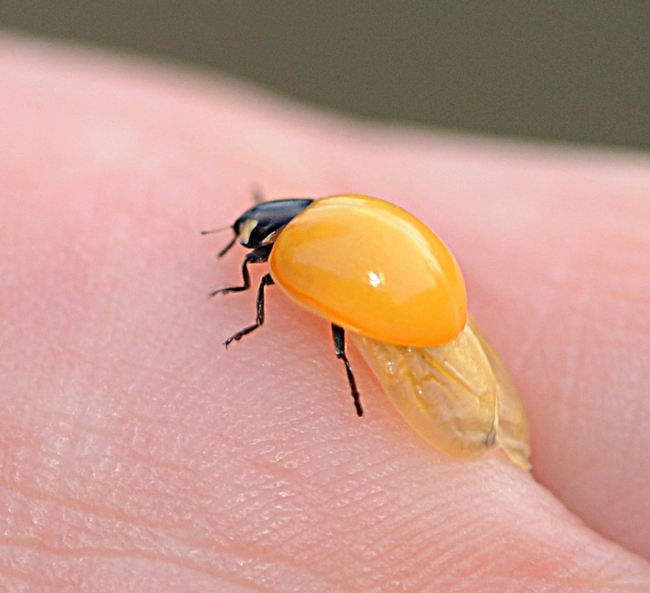- Author: Kathy Keatley Garvey
Thanksgiving will come early to the Bohart Museum of Entomology at UC Davis.
An open house, appropriately themed "Thankful for Bugs," is set from 1 to 4 p.m. on Saturday, Nov. 19 at 1124 Academic Surge on California Drive.
And it's free.
Visitors can view insect specimens from all over the world. And they can hold such critters as live (yes, live!) walking sticks and Madagascar hissing cockroaches.
A special activity: draw an insect and create your own button to wear. "We are busting out the button maker to make the insects we love," said Tabatha Yang, education and outreach coordinator. "Hopefully, people will appreciate dung beetles and flies as important decomposers,and wasps as insect predators, along with the indispensable butterfly and bee pollinators."
The museum, directed by Lynn Kimsey, professor of entomology at UC Davis, is the home of seven million insect specimens. Founded in 1946 by noted entomologist Richard M. Bohart (1913-2007), it is dedicated to teaching, research and service.
The Bohart also maintains regular hours from 9 a.m. to noon and from 1 to 5 p.m., Monday through Thursday. It is closed on Fridays and on major holidays. Admission is free.
More information is available on the Bohart website or by contacting Tabatha Yang, at tabyang@ucdavis.edu or (530) 752-0493. Due to limited space, group tours will not be booked during the weekend hours.
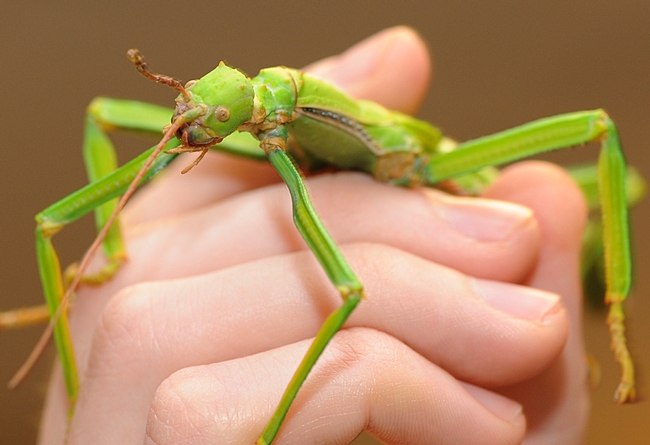
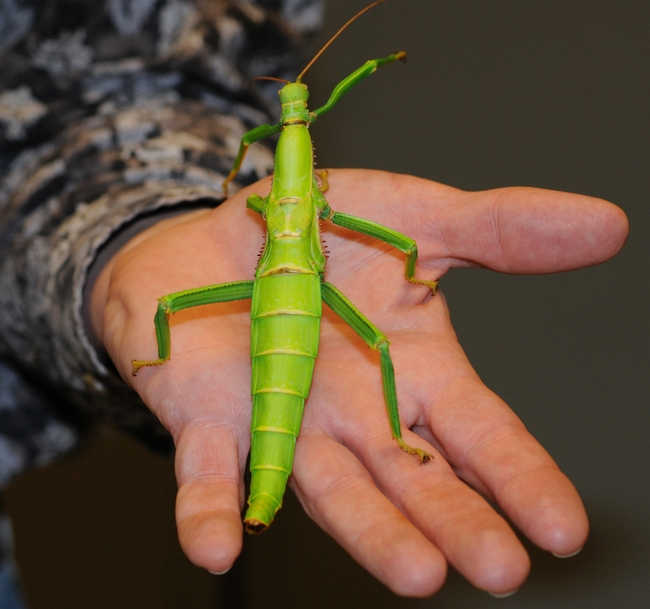
- Author: Kathy Keatley Garvey
Wear your favorite insect costume. Show off your insect tattoo.
When the Bohart Museum of Entomology at UC Davis hosts its pre-Halloween open house from 1 to 4 p.m., Sunday, Oct. 30, it promises to be a "blood-suckin' good time."
And it's free and open to the public.
One of the highlights will be an insect costume contest. A prize will be awarded to the "best dressed insect" under 6; ages 7-12, 13 to 18, and adults. Judging will be based on creativity and originality, said Tabatha Yang, the Bohart Museum's education and outreach coordinator.
In addition, a prize will be awarded to the best overall insect tattoo, Yang said.
Another special event is the 3:15 p.m. mosquito pinata bashing. The pinata is the work of Brittany Nelms, a PhD student within the Entomology Graduate Group with a designated emphasis in Vectorborne Diseases (she studies with William Reisen of the Center for Vectorborne Diseases). The pinata will be filled with candy and some insect toys, Yang said.
Among the "blood bugs" on display will be mosquito, bed bug and biting fly specimens. (Not to worry--they're specimens; they're not alive.)
Located at 1124 Academic Surge on California Drive, the Bohart Museum houses a global collection of more than seven million insect specimens and also maintains a live “petting zoo” with such residents as Madagascar hissing cockroaches and walking sticks.
The Bohart Museum, directed by Lynn Kimsey, professor of entomology at UC Davis, launched its series of weekend openings for the fall season on Saturday, Sept. 24 with “Catch, Collect and Curate: Entomology 101.”
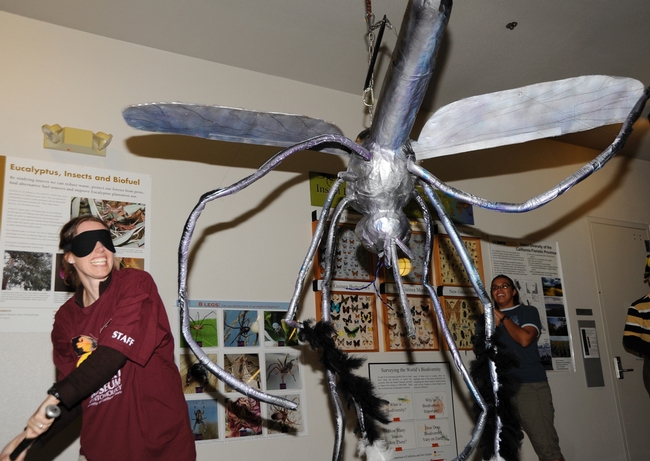
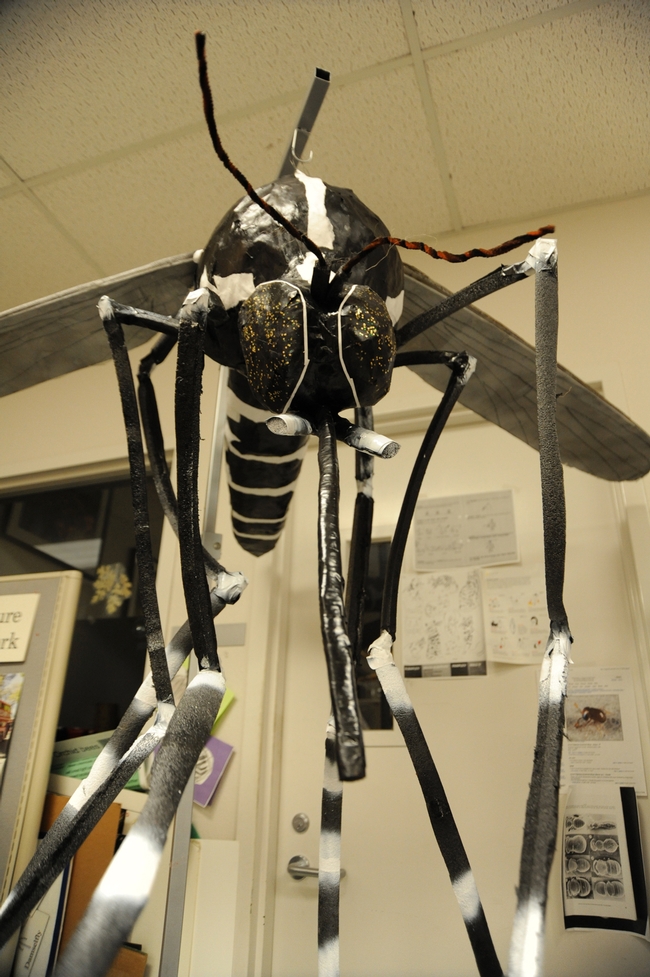
- Author: Kathy Keatley Garvey
It all begins at the Bohart.
The Bohart Museum of Entomology at UC Davis, that is.
Officials at the museum, located at 1124 Academic Surge on California Drive, have just announced the complete list of weekend openings for the 2011-2012 academic year. They'll all be held on either a Saturday or Sunday from 1 to 4 p.m.
And they're all free.
The first of the 10-series weekend openings, set Saturday, Sept. 24, will focus on “Catch, Collect and Curate: Entomology 101.”
“There will be collecting devices set-up outside and inside, so people can see how they are used,” said Tabatha Yang, education and outreach coordinator. “People will have the chance to practice pinning common insects--dead ones!--that we will provide until supplies run out. “
Visitors will have a opportunity to access the Bohart computers to see the video clips on “How to Make an Insect Collection,” the work of UC Davis professor James Carey’s entomology class last spring. The entire series, totaling 11 clips ranging in length from 32 seconds to 77 seconds, can be viewed in just less than 10 minutes. (See news story with link to video clips)
So, on Sept. 24 at the Bohart Museum, high school and college students in science courses can learn how to create an insect collection, something required of them later this year.
The time to begin is now, Yang says.
Also, 4-H'ers enrolled in entomology projects will want to know how to do this, too. The session is open to all.
The special weekend openings complement the regularly scheduled weekday hours of the Bohart Museum. During the year, visitors can tour the Bohart between 9 a.m. and noon and 1 to 5 p.m., Monday through Thursday (except on holidays).
The Bohart Museum, home of more than seven million insect specimens (plus a live "petting zoo" of Madagascar hissing cockoaches and walking sticks and other critters), is a great resource.
Lynn Kimsey, professor of entomology at UC Davis, directs the Bohart Museum. She and the other scientists in the Bohart Museum make the study of insects not only educational but fun.
Here's what's on tap from Sept. 24 through June 3.
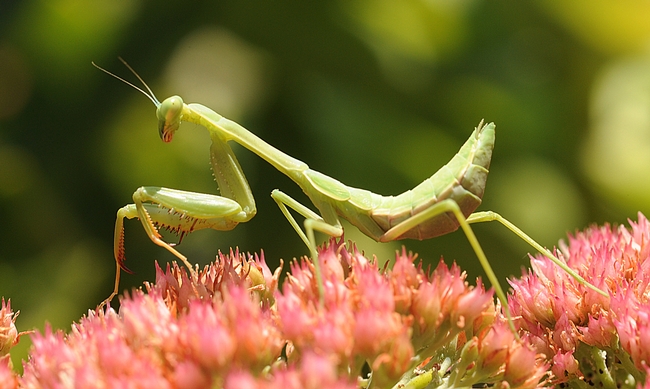
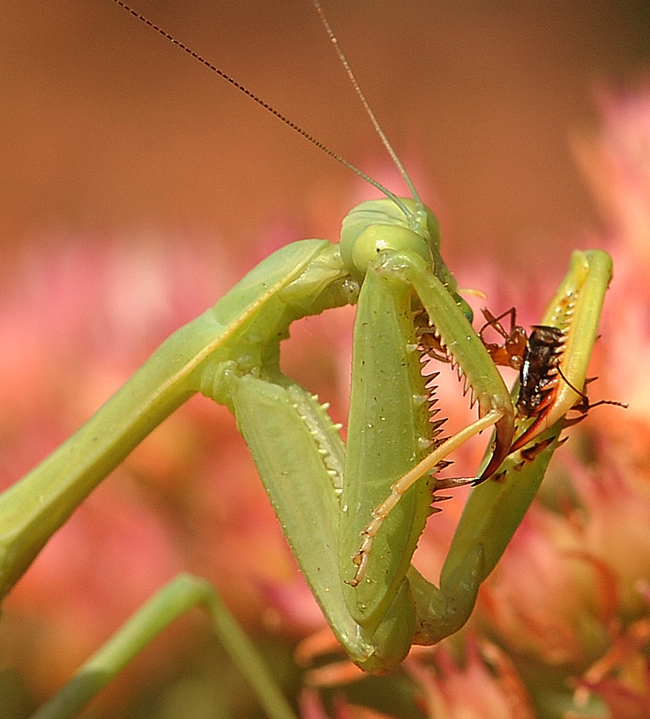
- Author: Kathy Keatley Garvey
If you head over to the California State Fair, which opened July 14 and continues through July 31, be sure to check out the Insect Pavilion at "The Farm."
It's a treasure house of not only insects, but spiders and assorted other critters.
At the entrance, tuck your head inside the monarch butterfly cutout and have someone take your photo. You can be "Butterfly for the Day."
Then it's off to see the "live" monarchs, a few steps away. The contrast between the painted cutout and the real insects is startling. Nature does a much better job!
Other highlights at the Insect Pavilion include honey bees, wasps and spiders.
The site probably should be called "The Bug Pavilion" because some of the critters, such as spiders, aren't insects.
Beekeeper Brian Fishback of Wilton, a member of the California State Beekeepers' Association and a volunteer at the Harry H. Laidlaw Jr. Honey Bee Research Facility at UC Davis, provided the bee observation hive.
Parents exclaim to their children: "Look! Bees!"
Then they usually point out that bees make honey and "No, honey, they can't sting you; they're behind glass."
It shouldn't be about stinging. It should be about their pollination services, not their defensive mechanism. Bees pollinate one-third of the food we eat.
However, a walk through the nearby vegetable garden buzzes home the point that honey bees are invaluable.
Next Tuesday, July 26, the Bohart Museum of Entomology at UC Davis will display live insects and specimens at The Big Bugs attraction at the state fair, according to Tabatha Yang, the Bohart's education and outreach coordinator. The specimens will be in the "oh, my" drawers--so called, she says, because that's what folks say when they see them: "Oh, my!"

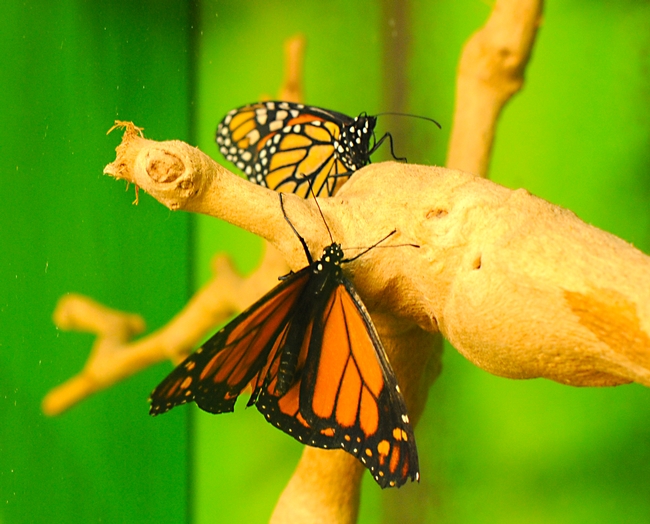
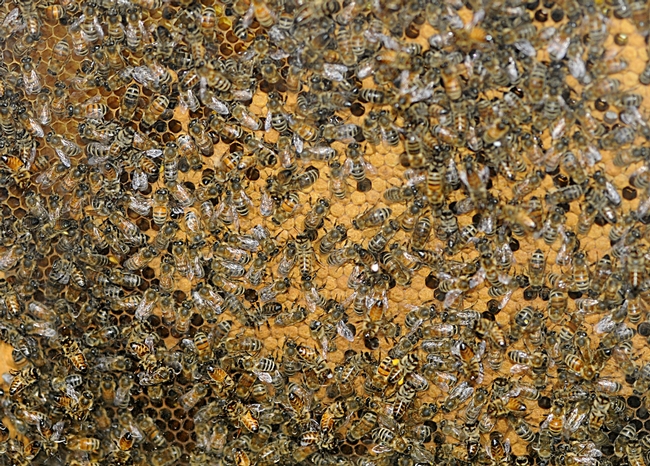
- Author: Kathy Keatley Garvey
Tabatha Yang saw it first.
She's the education and outreach coordinator for the Bohart Museum of Entomology at UC Davis.
What she saw--in a grassy field at the Harry H. Laidlaw Jr. Honey Bee Research Facility, west of the central campus--was a golden ladybug, aka lady beetle.
It looked just like a yellow jelly bean.
Not!
Systemic entomologist Natalia Vandenberg of the Agricultural Research Service, U.S. Department of Agriculture, identified it as Coccinella septempunctata.
Tabatha is "holding an adult ladybug that is newly eclosed from the pupa," Vandenberg said. "Note that the flight wings are yellow in the teneral adult instead of grey and they are stretched out so that they can expand fully and dry properly. The pronotal markings and body shape identify this as a member of the genus Coccinella. When the adult first leaves the pupa the dark pigment of the pronotum is already present, but the elytral spots develop gradually."
"If you had watched the beetle for 15 minutes the spots would begin to show. There is a spotless Coccinella that occurs in California (C. californica), but what you have is most likely to be a 7 spot that hasn’t developed the spots yet."
We watched it for several minutes and then released it back into its habitat.
By now, it's no doubt formed those characteristic spots.
Somewhere out there is a yellow jelly bean....with spots.
